Sensory overload can be a daily struggle for those living with sensory processing disorders. The overwhelming and intense reaction to sensory input can trigger anxiety, panic attacks, and even physical pain.
In these situations, a service dog can provide invaluable assistance in calming and grounding their handler. Trainers train service dogs to perform tasks specific to the individual handler’s needs and for those with sensory overload. These tasks can make a significant difference in their daily lives.
Here, we will explore the service dog tasks for sensory overload, from grounding the handler to providing deep pressure therapy, alerting to environmental changes, interrupting repetitive behaviours, and even standing between the handler and others for protection. So, if you or anyone you know experiences sensory overload. Keep reading to learn how a service dog can provide some much-needed assistance.
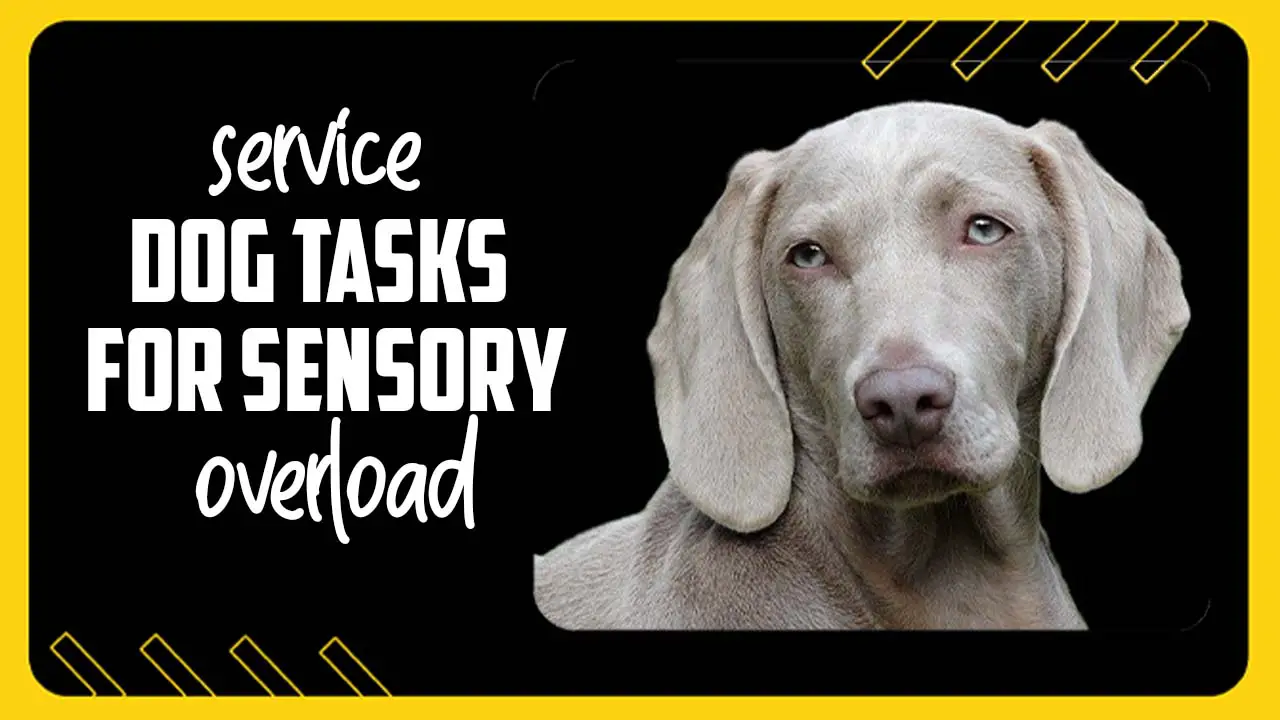
Understanding Sensory Overload
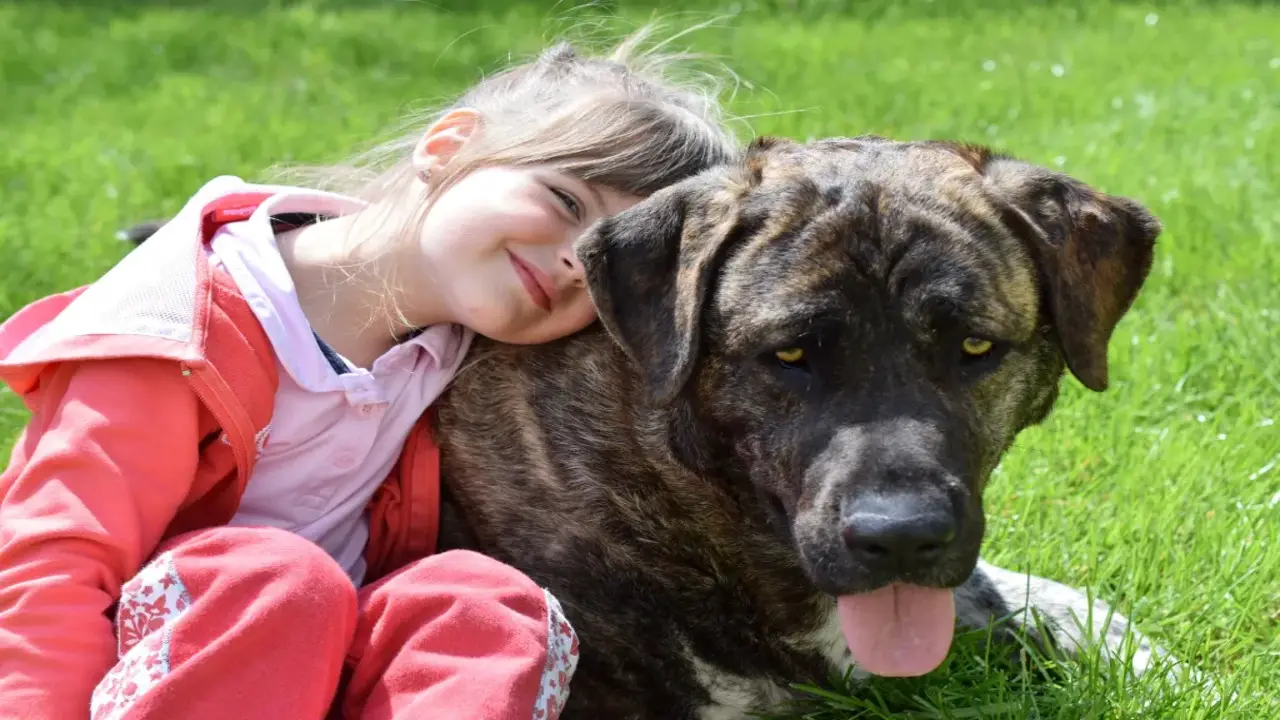
Sensory overload can be a challenging experience for many individuals, especially those with sensory processing disorders or certain mental health conditions. It occurs when an excessive amount of sensory information from the environment, such as sights, sounds, smells, or textures, overwhelms the individual’s nervous system.
This can lead to feelings of anxiety, stress, and even physical discomfort. Understanding sensory overload is key in identifying the tasks that a service dog can perform to help mitigate its effects by recognizing the signs and triggers of sensory overload. Individuals can better navigate their environments with the assistance of their service dogs.
Service Dog Tasks For Sensory Overload – Explained
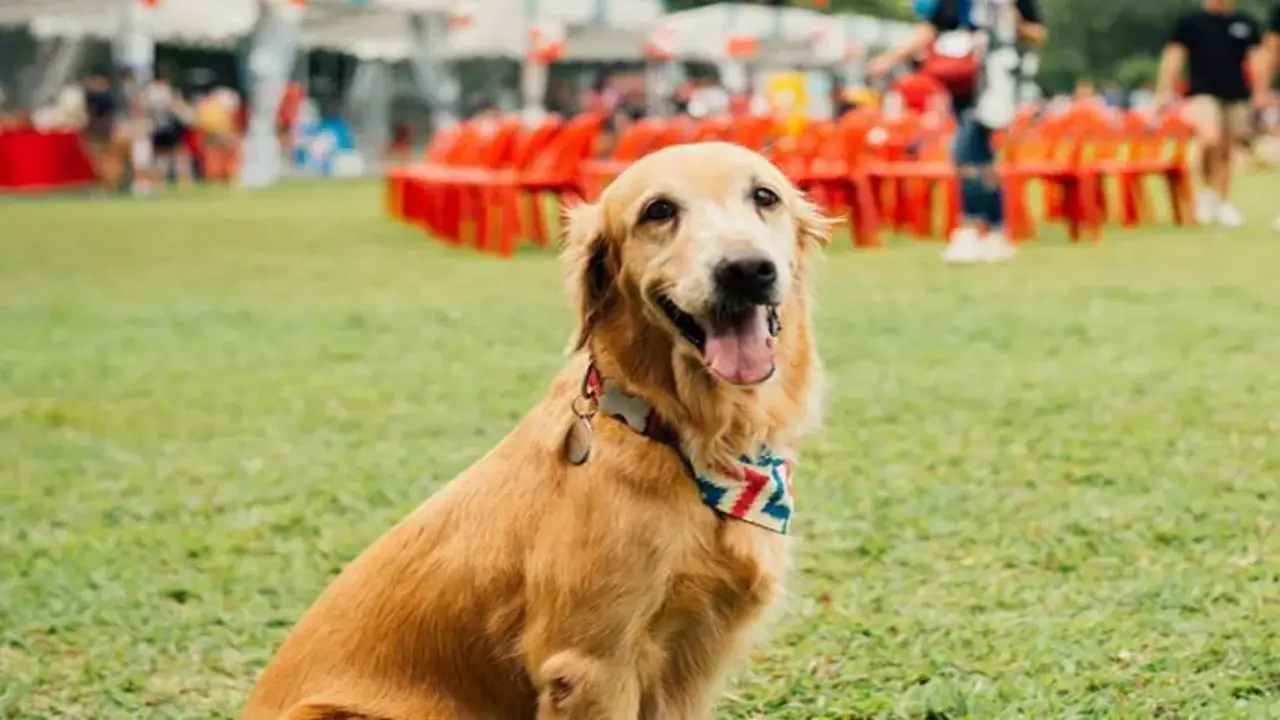
Regarding sensory overload, service dogs can provide a range of tasks to help individuals cope with overwhelming stimuli. Some common tasks that service dog tasks for sensory overload include. These are just a few examples of how service dogs can assist individuals experiencing sensory overload. The specific tasks performed by each dog will depend on the individual’s needs and training goals.
- Deep pressure therapy: Service dogs can apply gentle pressure on their handler’s body. They are providing a calming and grounding effect during moments of sensory overload.
- Blocking and guiding: Dogs can be trained to create a physical barrier between their handler and the source of overwhelming stimuli, or they can guide their handler away from crowded or noisy areas.
- Alerting behaviors: Service dogs can be trained to alert their handlers to specific sounds or smells that may indicate potential triggers for sensory overload. They are allowing the individual to take proactive steps to manage their environment.
- Distracting behaviors: Dogs can also be taught to engage in distracting behaviors, such as offering a toy or nudging their order to redirect their attention away from overwhelming stimuli.
How Service Dogs Can Help Manage Sensory Overload
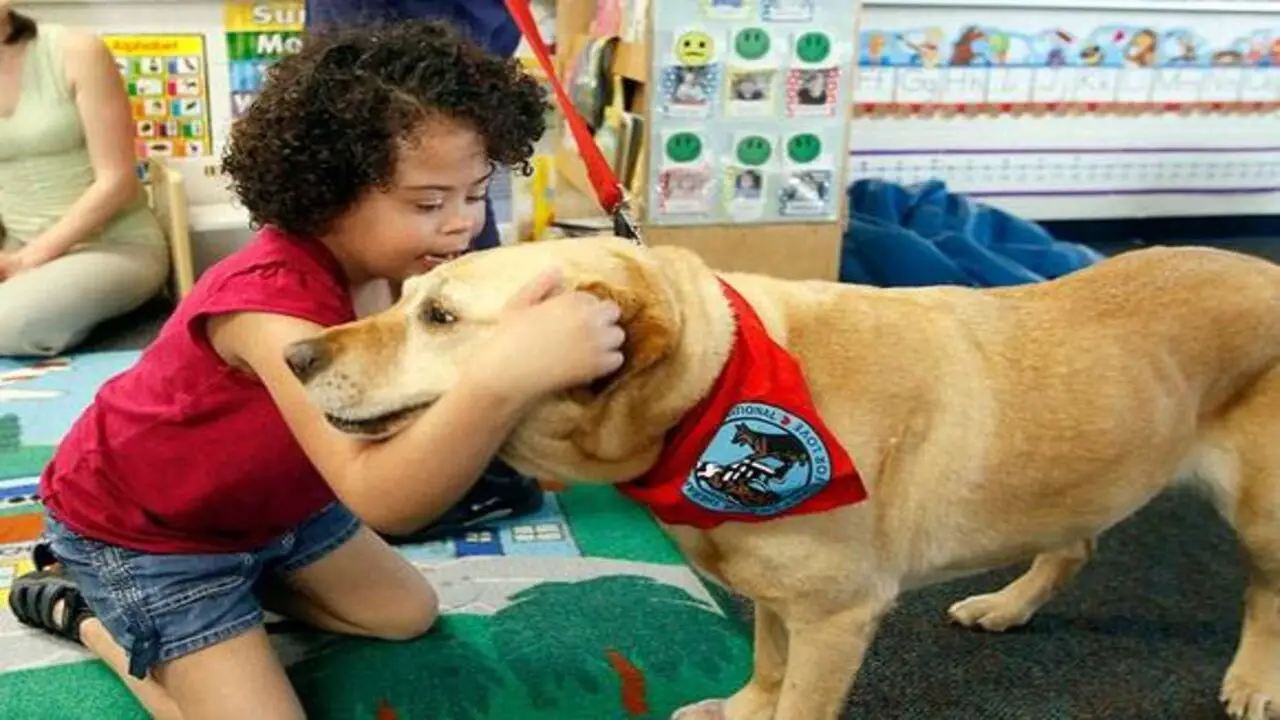
Service dogs can be incredibly helpful for individuals who experience sensory overload. These specially trained professionals can provide comfort and support during overwhelming situations. Each individual’s needs may vary, and trainers do not train all service dogs in the same tasks. Working with a professional trainer or organization can help ensure that the service dog is specifically trained to meet the unique needs of individuals with sensory overload.
Here are some ways that service dogs can assist in managing sensory overload:
- Deep Pressure Therapy: Service dogs can apply gentle pressure or lay on their handlers. Which can help ground and calm them during moments of sensory overload.
- Sensory Distraction: Dogs can be trained to provide distractions by nudging or licking their handlers, redirecting their attention away from overwhelming stimuli.
- Sensory Blocking: Some service dogs are trained to create physical barriers between handlers. The source of sensory overload is being out of unwanted touch or personal space invasion.
- Task Interruption: Service dogs can be taught to interrupt repetitive behaviors or self-stimulatory actions that may contribute to sensory overload.
Grounding The Handler: Key Task Of A Service Dog
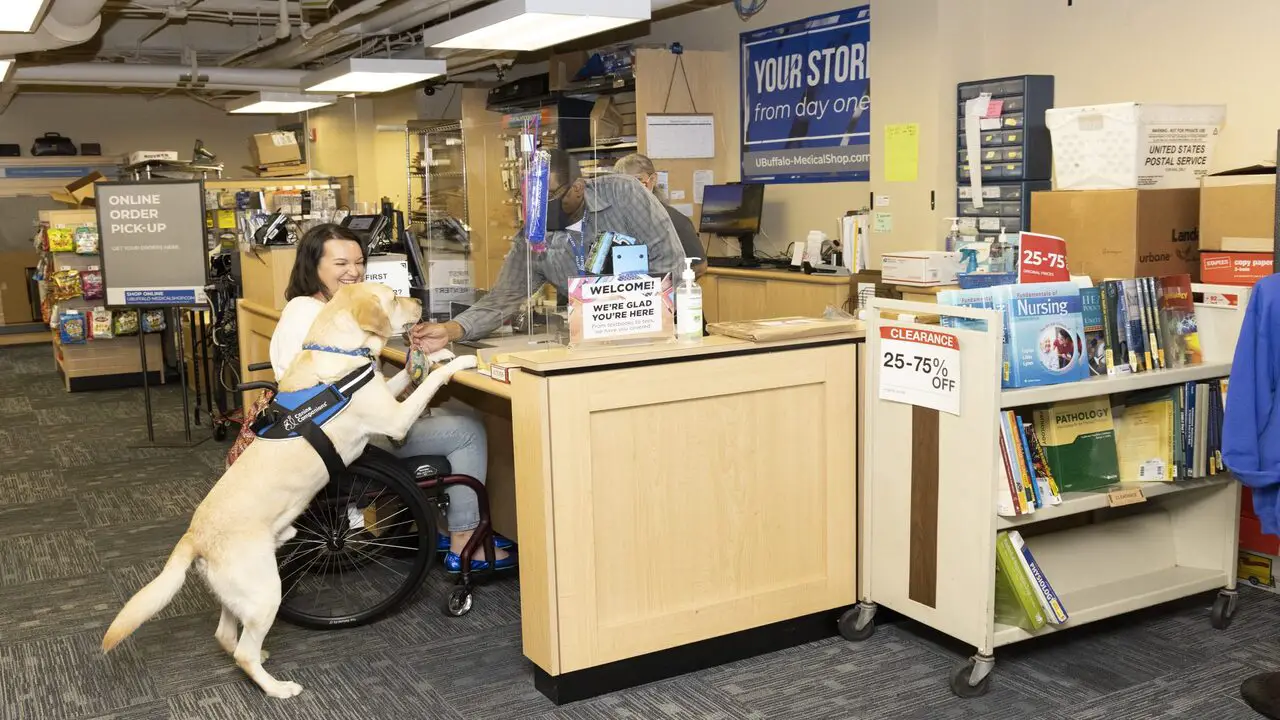
One critical task a service dog can perform for individuals experiencing sensory overload is grounding the handler. This task involves the dog applying pressure or weight to the handler. Which can help provide a sense of stability and security. Here are some ways in which a service dog can assist with grounding:
- Deep pressure therapy: By leaning against or lying on the handler. The dog can apply deep pressure to help calm and soothe them during moments of sensory overload.
- Lap cuddles: Sitting on the handler’s lap and providing physical contact can offer comfort and reassurance.
- Pawing or nudging: The dog may use their paws or nose to touch the handler gently. Redirecting their attention away from overwhelming stimuli.
- Guided movement: The dog can show the handler away from stressful situations or towards quieter, more peaceful environments.
By performing these grounding tasks, service dogs play a crucial role in supporting individuals with sensory overload, helping them navigate challenging situations with greater ease and confidence.
Deep Pressure Therapy / Tactile Stimulation Provided By Service Dogs
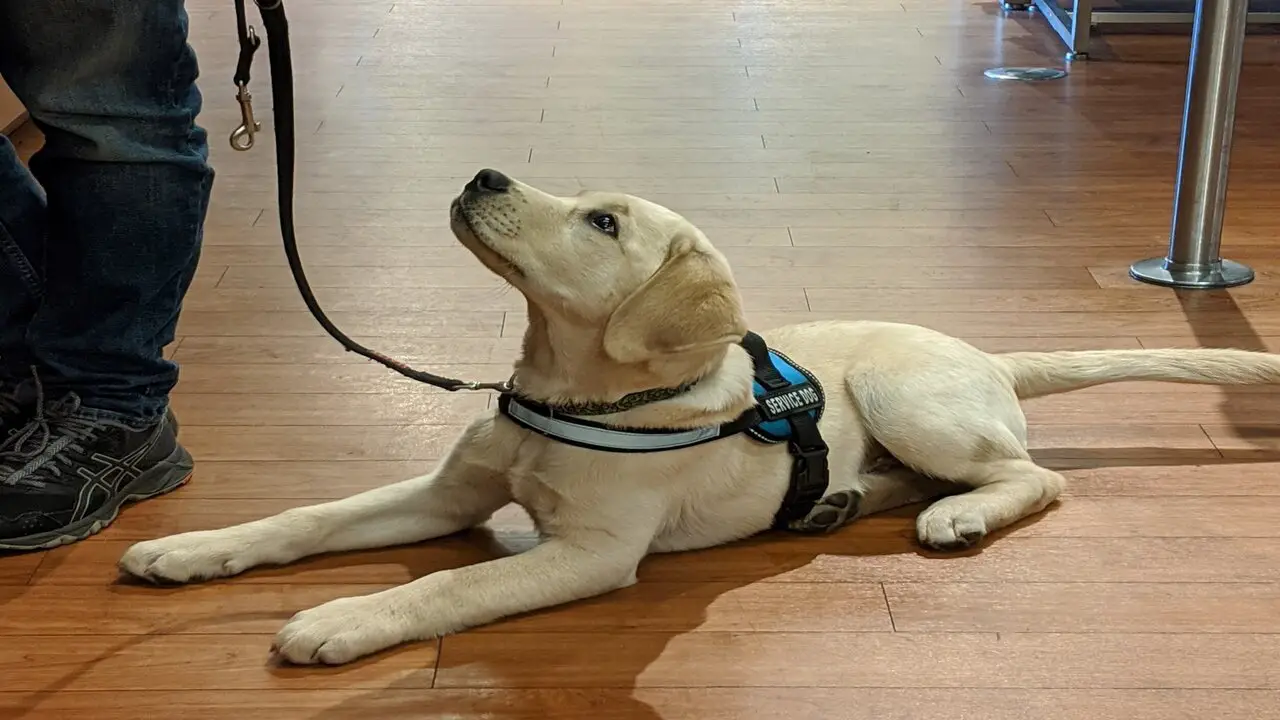
Service dogs can trained to provide deep pressure therapy and tactile stimulation to individuals experiencing sensory overload. Deep pressure therapy involves the dog applying gentle, firm pressure to the person’s body. Which can help calm the nervous system. This can be particularly helpful for individuals with autism spectrum disorders or anxiety disorders.
Who may become overwhelmed by sensory input. Tactile stimulation involves doing their paws or gently touching or brushing against the person, which can help to strengthen their sensory system. These tasks performed by service significantly assist individuals in managing sensory overload and improving their overall well-being.
Alerting To Changes In The Environment
Service dogs can perform an important task for individuals with sensory overload: environmental environment. These highly trained people can see subtle shifts in their surroundings and alert handlers to potential dangers or overwhelming stimuli. For example, suppose a person with sensory overload is in a crowded place and becomes overwhelmed.
In that case, the service dog can detect signs of distressignalnal to their handler, such as nudging or pawing them. This allows the individual to take necessary steps to remove themselves from the situation or implement coping star service. Service dogs are crucial in helping individuals navigate sensory challenges by being a constant companion and ally overload.
Training And Certification For Service Dogs For Sensory Overload Tasks
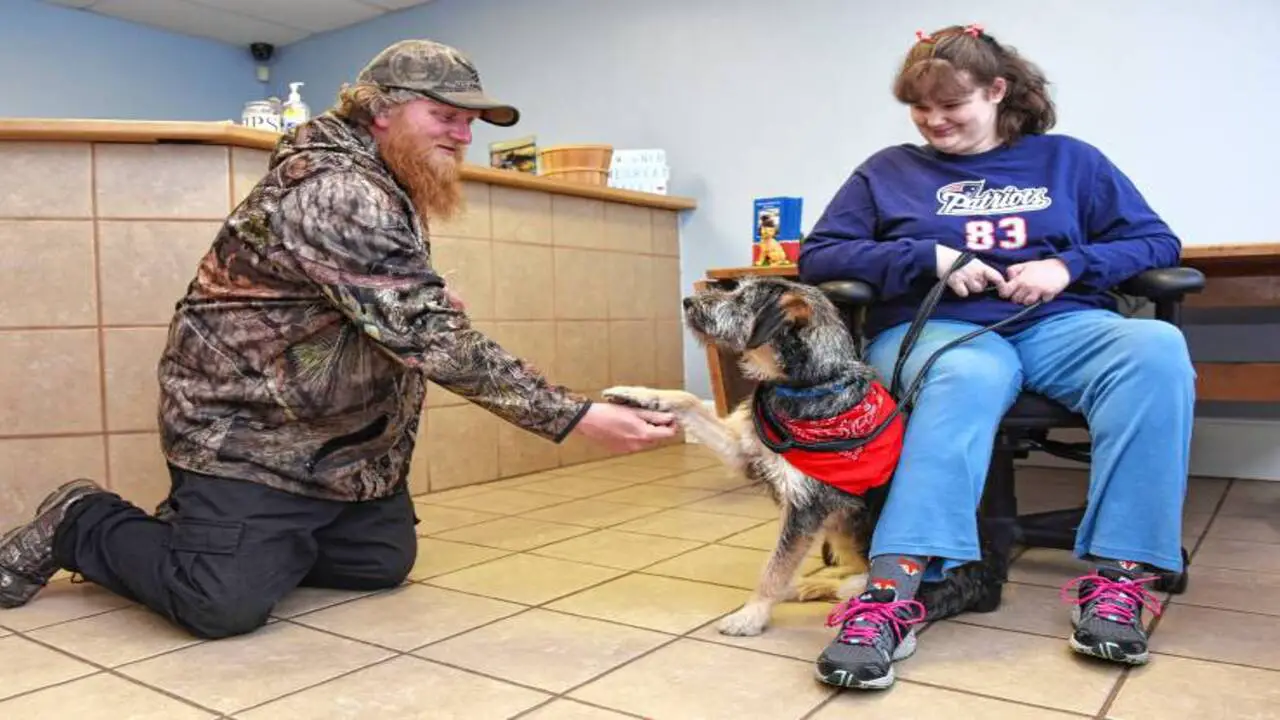
Training and certification for service dogs that assist with sensory overload tasks is a rigorous process that ensures the safety and effectiveness of these animals. It is important for individuals seeking a service dog for sensory overload assistance to work with experienced trainers or organizations specializing in this training type. Proper training and certifications that the dog can effectively support their handler in managing sensory overload challenges.
Here are the key steps involved in training and certifying service dogs for sensory overload tasks:
- Basic obedience training: Service dogs must first undergo basic obedience training to ensure they can follow commands and behave appropriately in various situations.
- Task-specific training: Dogs are then trained to perform specific tasks related to sensory overload, such as providing deep pressure therapy or alerting their handler to potential triggers.
- Public access training: Service dogs must be comfortable and well-behaved in public settings. Someone trains them to ignore distractions, remain calm, and not interfere with others’ activities.
- Public access testing: Once the dog’s training is complete, they undergoes a public access test to test its ability to perform tasks reliably and safely in real-world environments.
- Certification: Depending on the country or region, specific organizations or programs may offer certification for service dogs. This certification can provide credibility and legal recognition for the dog’s role as a service animal.
How Do Service Dogs Interrupt Repetitive Behaviors?
Service dogs can be trained to interrupt repetitive beats, often associated with sensory overload, including hand flapping, rocking back and forth, or repetitive vocalizations. The specified use to interrupt these behaviors will depend on the individual and their needs. Some service dogs may train to nudge or paw at the person to redirect their attention away from the behavior.
Others may trained to perform a specific task. Such as bringing a toy or engaging in play to help break the cycle of repetition. These interruptions can provide a much-needed sensory diversion and help individuals with sensory overload manage their symptoms more effectively. It is important to note that each service dog trained based on the individual’s specific needs and should always be under the guidance of a professional trainer.
Service Dogs Providing Protection: Standing Between The Handler And Others
Regarding sensory overload, service dogs can provide valuable protection for their handlers. One important task that service dogs are trained to do is to stand between the handler and others to create a physical barrier. This can help prevent the handler from feeling overwhelmed or crowded in situations with large or close proximity to strangers.
Service dogs can help their handlers feel more secure and comfortable by providing this buffer and allowing them to navigate overwhelming environments more easily. Additionally, a service dog’s presence can be a visual cue for others to give the handler more space and respect their boundaries. Overall, this task is just that service dogs can assist individuals with sensory overload and enhance their overall quality of life.
The Legal Rights And Responsibilities Of Service Dog Handlers
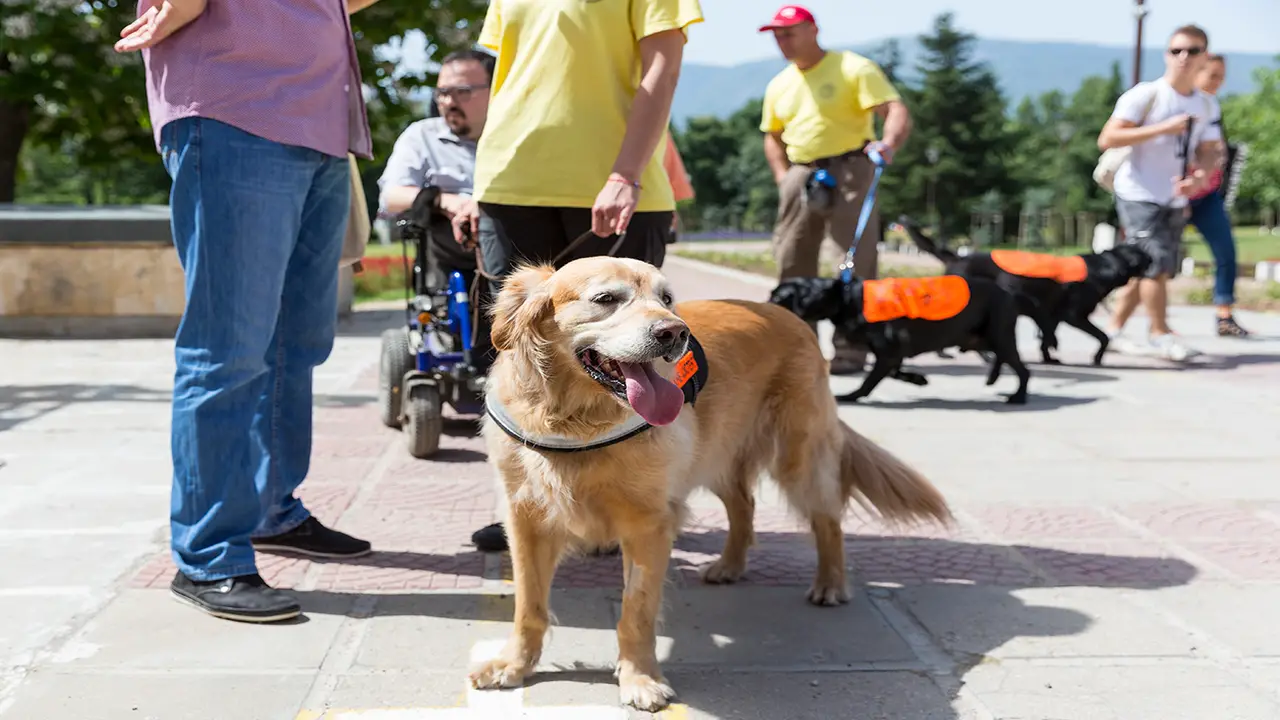
Service dog handlers have the legal requirements for their service dogs in public places. The service dog owners are responsible for always training and controlling their dogs well. Public establishments must allow service dogs to accompany their handlers, and handlers may ask to provide documentation or identification for their services to understand and advocate for their legal rights as service dog handlers.
By knowing and asserting these rights, handlers can ensure that they and their service dogs respect and allow access to the places and services they need.
Tips For Selecting And Training A Service Dog For Sensory Overload Tasks
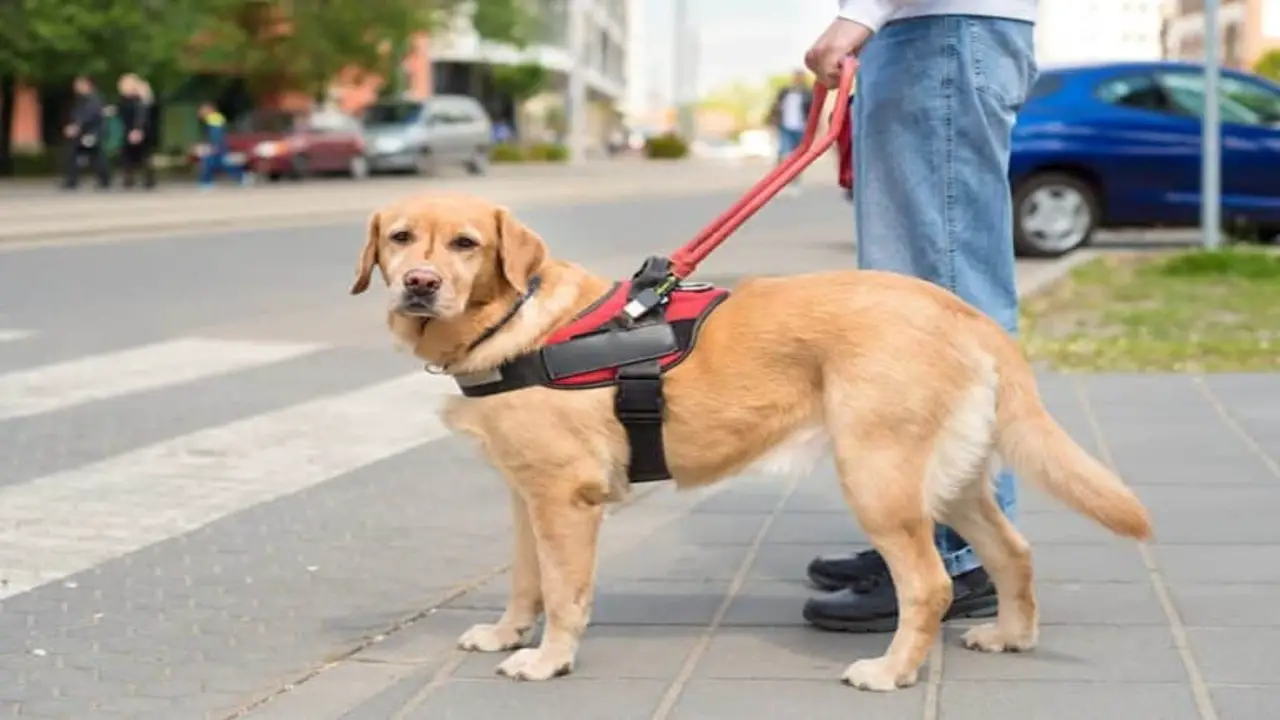
You must consider several important factors when selecting and training a service dog for sensory overload tasks. Here are some tips to help guide you through the process. Selecting and training a service dog takes time, patience, and dedication. It’s important to consult with professionals throughout. The process to ensure you and your service dog set up for success.
- Please choose the right breed: Certain breeds, such as Labrador Retrievers and Golden Retrievers, are popular for their calm and gentle temperament, making them well-suited for service dog work. Consider working with a reputable breeder or rescue organization specializing in service dog training.
- Assess temperament and trainability: Look for a dog with a calm demeanor and a willingness to learn. Temperament testing can help determine if a dog has the necessary traits to handle the demands of sensory overload tasks.
- Seek professional training: Enlist the help of a professional trainer who specializes in service dog training. They can assist with obedience, task-specific, and public access training to ensure your service dog is well-behaved and capable of performing their tasks in various environments.
- Focus on task-specific training: Sensory overload tasks may include alerting to triggers. Providing deep pressure therapy, guiding away from overwhelming situations, or creating physical boundaries. Work closely with your trainer to develop customized training for your needs.
- Maintain consistent reinforcement: Service dogs require ongoing reinforcement and practice to maintain their skills. Regularly reinforce their task behaviors through positive reinforcement techniques such as treats, praise, or play.
Conclusion
Service dogs play a crucial role in assisting individuals with sensory overload. They provide a range of tasks, such as grounding the handler and deep pressure therapy. Alerting to environmental changes, interrupting repetitive behaviors, and providing protection. These tasks help individuals manage their sensory overload, improve their daily functioning, and enhance their overall well-being.
It is important to note that training and certification are essential for service dogs to perform these tasks effectively. Additionally, service dog handlers have legal rights and responsibilities that should be understood and respected. When selecting and training a service dog for sensory overload tasks. It is vital to consider factors such as temperament, specialized training, and compatibility with the handler’s needs. Hope. Now you understand service dog tasks for sensory overload.
Frequently Asked Questions
What Tasks Are Performed By ADHD Service Dogs?
ADHD service dogs perform various tasks tailored to individuals’ needs. They can remind handlers to take medication, interrupt harmful behaviors, and provide deep pressure therapy during sensory overload. Additionally, they assist with organization and time management by retrieving items or reminding handlers of appointments. Professional training ensures these tasks are trained for each individual’s requirements.
What Tasks Do Autism Service Dogs Do?
Trainers train autism service dogs to assist individuals with ASD by performing various tasks. These include interrupting self-harming behaviors, providing pressure therapy, and interrupting repetitive behaviors. They can also help with socialization and sensory overload by offering a calming presence. Trainers train each dog to meet the specific needs of the individual they are assisting.
What Are The Tasks Of A Service Dog For Balance?
Service dogs, for balance, perform various tasks to assist their handlers. They can retrieve dropped items, provide stability during movement, and help with standing up or sitting down.
Can A Dog Help With Sensory Processing Disorder?
A dog can be a helpful companion for individuals with sensory processing disorder (SPD). Trained service dogs can perform tasks that mitigate the effects of SPD. Such as deep pressure therapy and alerting to sounds or smells. Working with a professional service dog trainer is crucial for training a service dog for SPD.
What Tasks Can A Service Dog Do For Someone With Anxiety?
Service dogs for anxiety can perform various tasks to help individuals. They provide deep pressure therapy, interrupt negative behaviors, and redirect the handler’s focus. They can recognize signs of anxiety and respond accordingly. Additionally, they create physical space, offer security, and guide during anxiety attacks.
